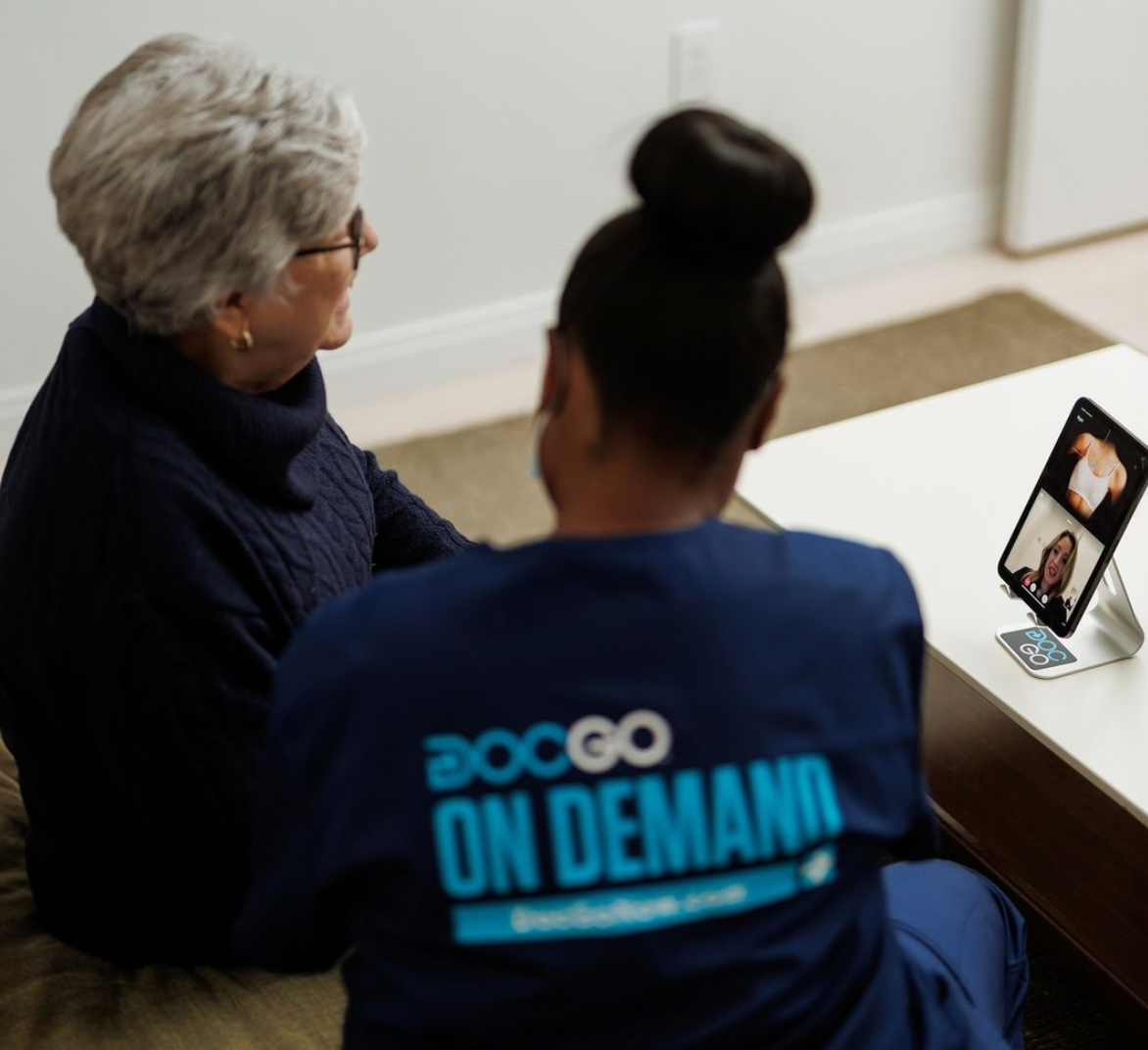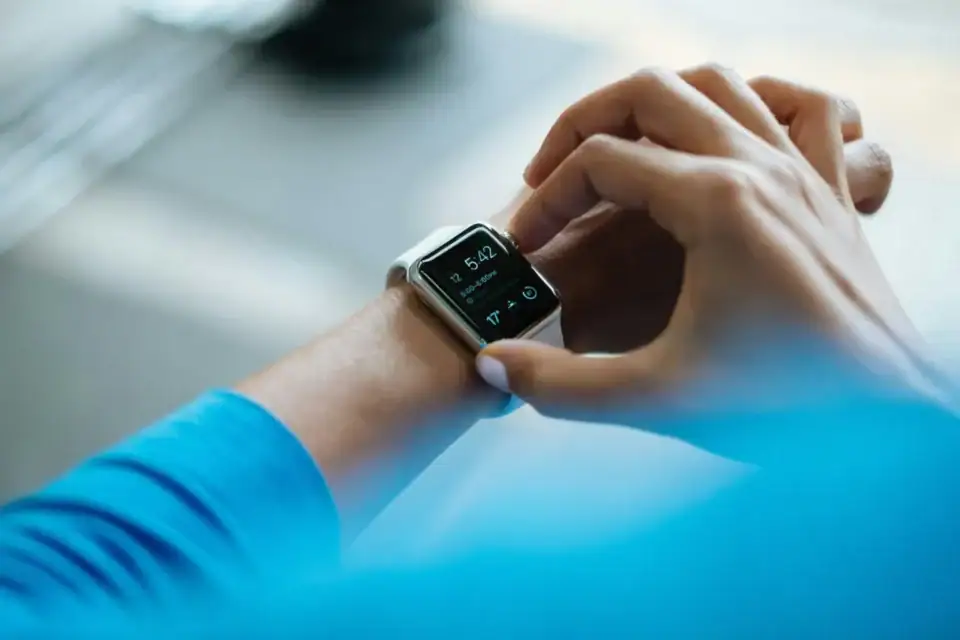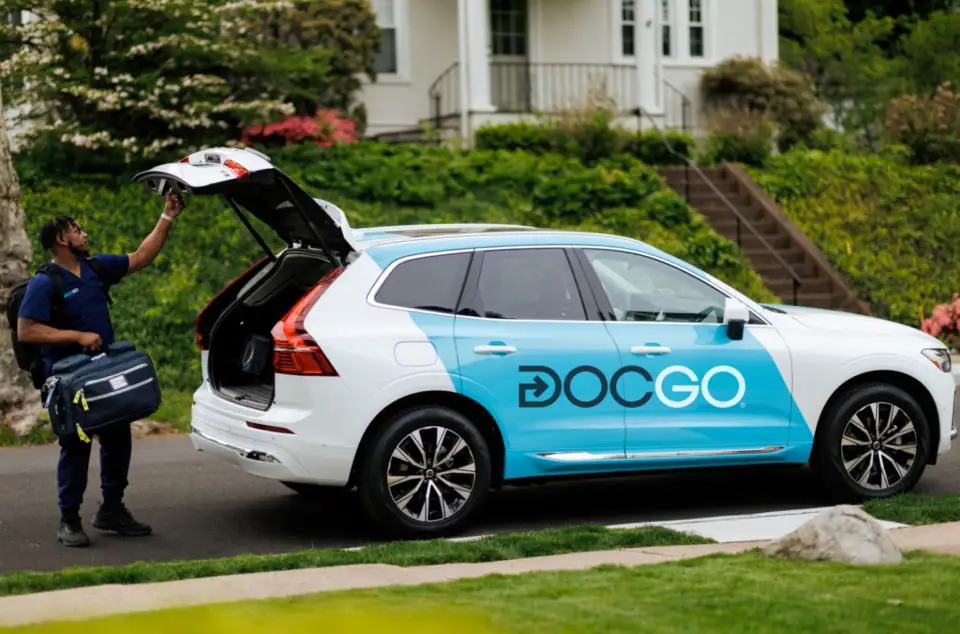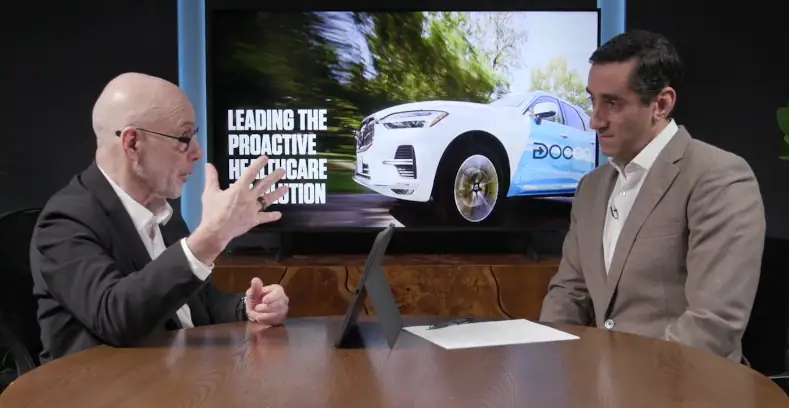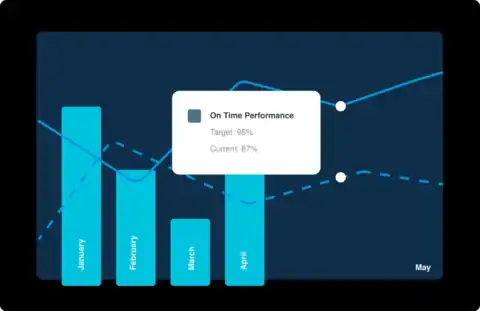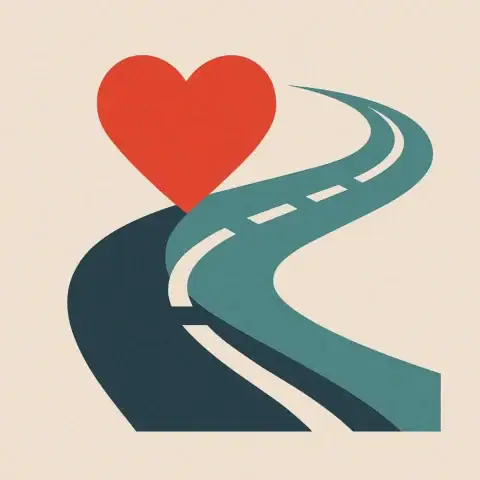Every two minutes, a woman in the United States is diagnosed with breast cancer. In fact, about 1 in 8 women in the United States will face a breast cancer diagnosis during their lifetime. That’s a staggering statistic, but when caught early, breast cancer is treatable. When caught in its earliest, localized stages, the 5-year relative survival rate is 99%.
In the middle of October, Breast Cancer Awareness Month, it’s the perfect time to shine a spotlight on how proactive care, including regular screenings and self-exams, helps save lives.
Breast cancer is the second most common form of cancer in American women, and it accounts for roughly 30% of all new cancer diagnoses in women each year. It’s a complex disease, but at its core, breast cancer happens when cells in the breast grow uncontrollably, forming tumors that can spread to other parts of the body if not treated.
It’s Not Just Genetics
While genetics can play a role in breast cancer risk, it’s important to remember that up to 10% of cases are linked to inherited gene mutations like BRCA1 and BRCA2. But lifestyle choices, such as diet, alcohol consumption, and exercise habits, also play a major role in your risk.
“A sedentary lifestyle, poor diet, excess body weight and frequent alcohol consumption are all avoidable risk factors that increase your chances of breast cancer. Just 20 minutes of daily physical activity, incorporating more fruits and vegetables into your meals, and moderating alcohol intake can help reduce these risks. It’s about making small, sustainable changes that prioritize your long-term health,” says Sherri Suozzo, Senior Director of DocGo’s Affiliate Advanced Clinical Practice Group
Other contributing factors? Age, race, and family history can all increase your chances, with the average age of diagnosis being 62. Women over 50 are particularly vulnerable and race plays a role too. Black women, for instance, are more likely to be diagnosed with more aggressive forms of breast cancer, like triple-negative breast cancer, and have a 40% higher mortality rate than white women, despite similar screening rates. And yes, breast cancer doesn’t discriminate—men are at risk too, although it’s much less common, with around 2,800 men expected to be diagnosed in the U.S. this year.
The Power of Early Detection
When it comes to breast cancer, as we’ve mentioned, timing is everything. Catching the disease early can mean the difference between a simple treatment plan and a more complex, aggressive approach. That’s why regular mammograms and self-exams are crucial. And let’s not forget—most states, including New York, allow women over 40 to get mammograms without a referral, making it easier and faster to schedule routine screenings.
Know the Signs
Breast cancer doesn’t always present itself in obvious ways. While lumps in the breast are commonly associated with the disease, other signs to watch for include:
- Swelling or thickening of part of the breast
- Irritation or dimpling of the skin
- Nipple pain or discharge
- Changes in the size or shape of the breast.
Being vigilant about any changes in your body is essential. As Suozzo emphasizes: “Awareness and action are key. The earlier we can identify something abnormal, the better the chances for successful treatment.“
The Role of Self-Exams and Mammograms
Self-exams are a good way to stay in tune with your body, but they shouldn’t replace regular screenings. Mammograms remain the gold standard for detecting breast cancer early. In fact, according to the American Cancer Society, women aged 45 to 54 should get annual mammograms, while those 40 to 44 have the option to start screening early. Mammograms can often detect tumors before they’re large enough to feel, making them vital in catching breast cancer at its most treatable stage.
A Commitment to Women’s Health
DocGo is committed to facilitating breast cancer screenings through at-home breast health services. By eliminating barriers to care, offering services such as at-home screenings, referrals to specialists, and partnerships with healthcare providers, DocGo helps ensure every patient gets the comprehensive care they deserve. Whether it’s helping you book that crucial mammogram or following up on suspicious symptoms, DocGo is here to bring healthcare right to your doorstep.
Early Detection Saves Lives
Breast cancer doesn’t wait—and neither should you. Regular self-exams, routine mammograms, and a proactive approach to your health can save your life. Speak to your primary care physician if you notice any changes, and don’t hesitate to make early detection a priority. With DocGo by your side, accessing critical breast cancer screenings is easier than ever.
For more information, visit the American Cancer Society and make sure to schedule your next mammogram today.


